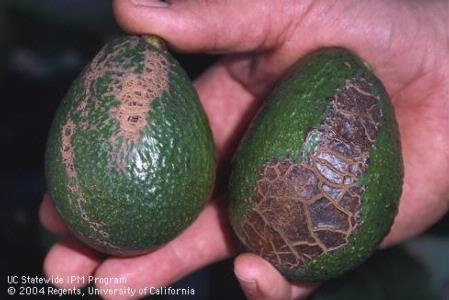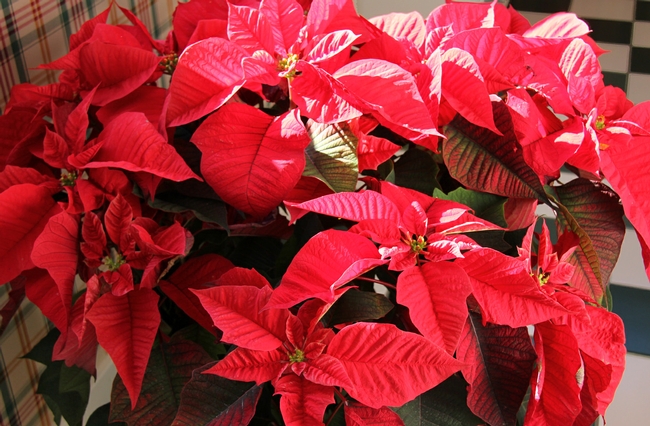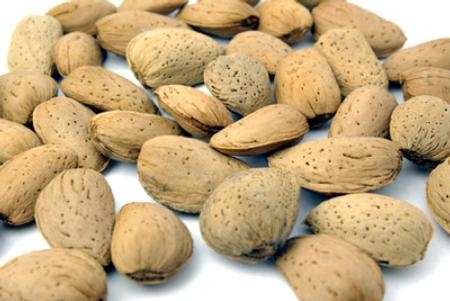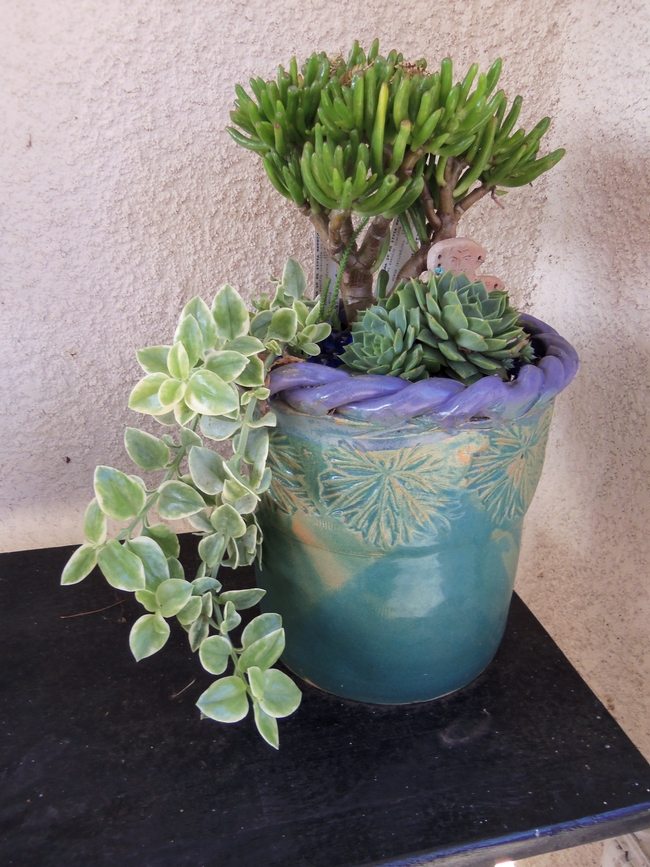UC Blogs
Southern California wind storm damages crops
If guacamole seems extra expensive come Super Bowl Sunday, it's because of the dry windy weather during the past several days, reported Craig Fiegener of NBC News in Los Angeles. Fiegener reported from UC Riverside and spoke to UC Cooperative Extension subtropical horticulture specialist Peggy Mauk.
Wind is no friend to the avocado industry. Prolonged and dry wind will damage trees and fruit. Citrus trees face the same threat, Mauk said.
"The plant starts making choices where the water needs to go, and the fruit, they're already getting close to maturity, they'll go ahead and drop," according to Mauk.
More About Poinsettias
The fire-engine red Euphorbia pulcherrima boldly announces that the holidays have arrived each year. Most of us simply call it the Poinsettia, but the plant is also known as Zack Wood or noche buena in other regions. Modern America refers to the plant as Poinsettia’s after Joel Roberts Poinsett, an American Minister to Mexico during the early 1800’s. Annually, a week or two before Thanksgiving, local retailers everywhere display and peddle my favorite holiday plant. Every year, I pick up a couple of these plants for my holiday display in my home and at the office. Last year, after the holidays were over, I kept a plant in my kitchen window and eventually planted it outside when early Spring arrived. My effort quickly failed, a few days of frost had murdered my colorful Euphorbia pulcherrima that had since turned entirely dark green before its outdoor demise. The climate in Solano County was not the proper environment to support its sensitive needs. Poinsettias cannot withstand night temperatures cooler than 50 degrees and are not fond of temperatures over 70 degrees either. The poinsettia is not overly thirsty and can thrive if you keep her inside under a window that is exposed to the bright morning sun with less exposure later in the day after the sun heats up more. Last year it was fun to watch the red leaves turn dark green after the holiday season was over. Happy Holidays ~
The Founding of New Populations
There should be a crowd at the UC Davis Department of Entomology seminar on Wednesday, Dec. 7. That's when evolutionary ecologist Ruth Hufbauer,...
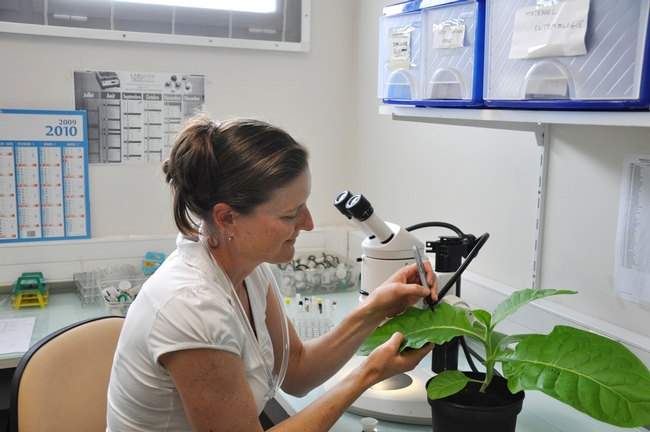
Evolutionary ecologist Ruth Hufbauer, who studies insect-plant interactions, works in her lab at Colorado State University.
California almond production approaching 2 billion pounds
"It's remarkable," said Daniel Sumner, director of the UC Agricultural Issues Center.
"There are two things going on," he said. "We have improved the nature of the orchards, both in the way that we plant them and the varieties and the like. And there's a lot more acres."
In the last decade, low cotton prices prompted many farmers in the southern San Joaquin Valley to plant almonds on former cotton acreage, the article said. A growing world demand for nuts, especially from China's emerging middle class, is helping sustain strong commodity prices and driving production gains.
Winter is the ideal time to buy, plant bare root fruit trees
Debbie Arrington, The Sacramento Bee
Now is the time to plant bare-root fruit trees. UC Cooperative Extension farm advisor Chuck Ingels said some are easier to grow than others and each fruit comes with its own challenges.
"For beginners, cherries are out; don't even think about it – just too hard," Ingels said. "Peaches and nectarines are really good, except for the leaf curl issue (caused by a fungus). Apples and pears are great except for blight and codling moths. People tend to live with those problems or cut down the tree.
"More and more, I think plums and pluots (a plum-apricot hybrid) are the best choices for backyard orchards," Ingels said. "They're the easiest to grow with wonderful fruit. Pluots especially are the way to go."
How to Protect Your Succulents from Frost
How to protect your succulents from frost
Now that the weather is getting colder and now that I have added succulents to my garden containers, it is important to know how to protect them from frost. Usually perennials respond to winter cold by dying to the ground. In spring, their roots send out new growth. But many succulents from mild climates don't have this adaptation, and need special care when grown where temperatures drop below 32 degrees F.
Here are some tips from succulent photojournalist and author, Debra Lee Baldwin.
-- Don't peel away dry leaves attached to a succulent's trunk or stem. They protect it from temperature extremes (cold and hot).
-- Keep succulents on the dry side. Cells that are turgid are more likely to burst when the liquid within them freezes.
-- Move potted succulents beneath a deck, tree or eaves. (I try to tuck them next to the house in corners that are covered)
-- Place pots against walls, hardscape, boulders and/or shrubs that absorb and slowly release the day's heat. South- and west-facing exposures are best.
-- Drape succulents with frost cloth (sold at nurseries) or old bed sheets. Avoid plastic, which traps moisture, doesn't let plants breathe, and intensifies sunlight.
Should your succulents become frost-burned ~
-- Remove collapsed leaves only if it's likely they'll stay moist and decay. But if they'll protect the plant from future frost, leave on and prune in spring.
-- Preserve the geometry of slender-leaved succulents (such as agaves and aloes) by trimming tip-burned leaves to a point, rather than cutting straight across.
-- Chalk it up to experience. Now you know that particular plant is vulnerable and needs a protected location. (This is my gardening style that I am trying to improve by joining the Solano Master Gardener program).


